The main difference between lithium batteries and lithium-ion batteries is that lithium batteries are primary cells and lithium-ion batteries are secondary cells. The term "primary cell" refers to cells that are not rechargeable. on the other hand, lithium-Ion batteries feature secondary cell construction. This means that they can be recharged and used over and over again.
A primary lithium battery is a modern advanced battery with lithium metal as anode active material, which has broad application prospect.
The cases where Lithium-ion batteries are much more favorable require frequent recharging to be convenient. The Lithium-ion battery in your mobile phone generally lasts around a day, but you can recharge it every day for years without losing too much function.

Lithium battery and lithium-ion battery application in daily life?
Applications of Lithium Battery:
Lithium batteries find application in many long-life, critical devices, such as pacemakers and other implantable electronic medical devices. These devices use specialized lithium-iodide batteries designed to last 15 or more years. But for other, less critical applications such as in toys, the lithium battery may outlast the device. In such cases, an expensive lithium battery may not be cost-effective.
Lithium batteries can be used in place of ordinary alkaline cells in many devices, such as clocks and cameras. Although they are more costly, lithium cells will provide a much longer life, thereby minimizing battery replacement. However, attention must be given to the higher voltage developed by the lithium cells before using them as a drop-in replacement in devices that normally use ordinary zinc cells.
Applications of Lithium-ion battery:
The vast majority of commercial Li-ion batteries are used in consumer electronics and electric vehicles. Such devices include:
1. Portable devices: these include mobile phones and smartphones, laptops and tablets, digital cameras and camcorders, electronic cigarettes, handheld game consoles, and torches (flashlights).
2. Power tools: Li-ion batteries are used in tools such as Car Jump Starters, cordless drills, sanders, saws, and a variety of garden equipment including whipper-snippers and hedge trimmers.
3. Electric vehicles: electric vehicle batteries are used in electric cars, hybrid vehicles, electric motorcycles and scooters, electric bicycles, personal transporters, and advanced electric wheelchairs.

Development trend of lithium battery and lithium-ion battery
Although most small consumer batteries are still the primary type, there is a growing trend to adopt more economical and efficient rechargeable batteries. The science and technology of lithium batteries have dominated the field of advanced power sources for quite some time. But the modern lithium-ion cells are used widely and have much range of performance requirements that are driven by the requirements of the users.
Lithium and lithium-ion batteries are both incredibly useful and make huge contributions to most people’s daily lives. Their applications are endless, from lifesaving medical technology to remote control toy cars, it’s hard to imagine a modern world without them. Both these types of batteries provide a form of portable power, they will provide charge to a compatible electric circuit no matter where you are.
How to recycle lithium batteries and lithium-ion battery?
Regulations for disposal and recycling of batteries vary widely; local governments may have additional requirements over those of national regulations. In the United States, one manufacturer of lithium iron disulfide primary batteries advises that consumer quantities of used cells may be discarded in municipal waste, as the battery does not contain any substances controlled by US Federal regulations.
Since Li-ion batteries contain less toxic metals than other types of batteries which may contain lead or cadmium, they are generally categorized as non-hazardous waste.
Contact Us
For further product information, please visit:
- Official website: https://www.lokithorshop.com/
- Facebook: https://www.facebook.com/Lokithorshop/
- Email address: info@lokithorshop.com
Recommended reading: How Much Voltage Should A Car Battery Has?

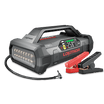
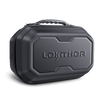

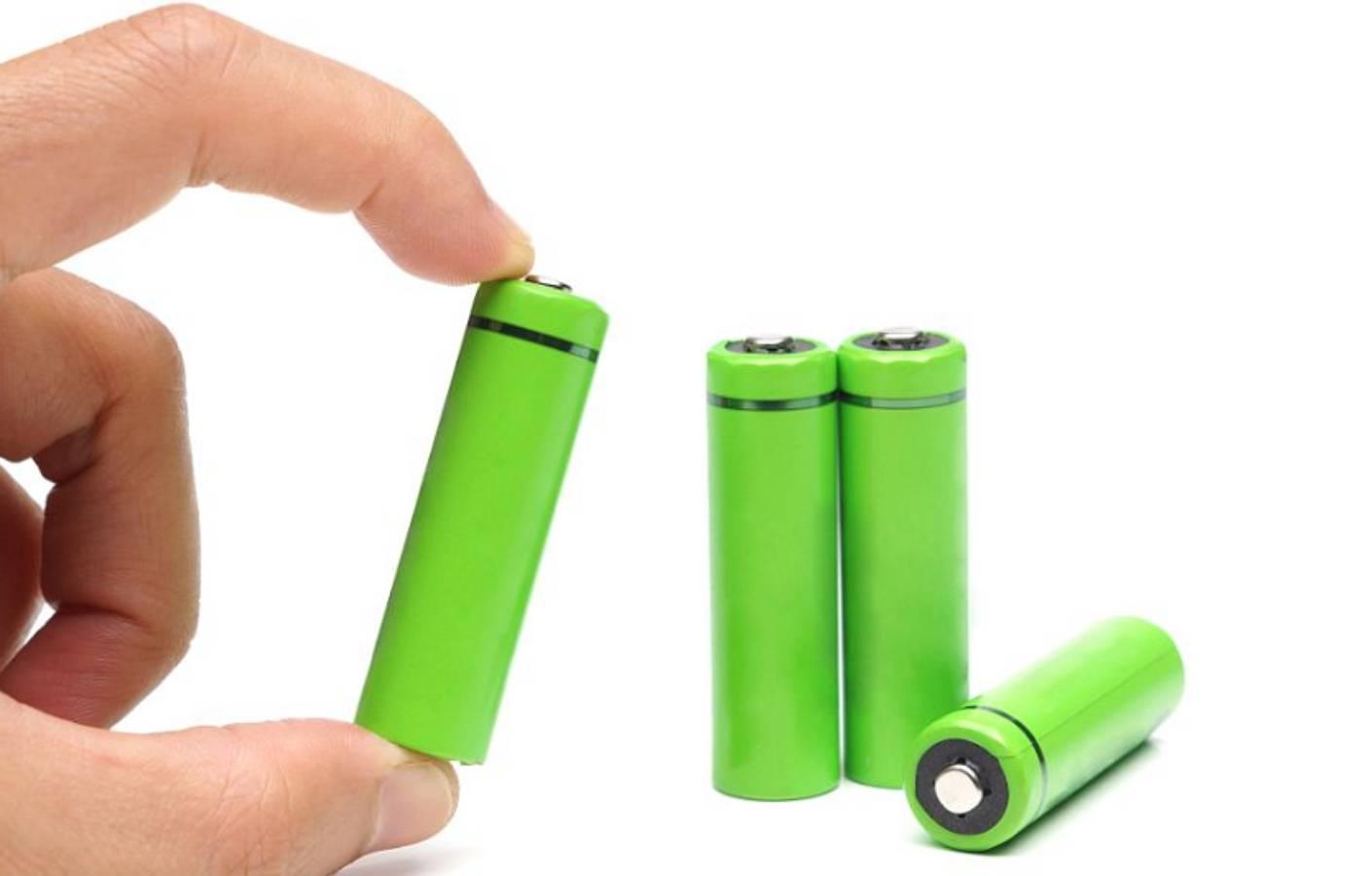
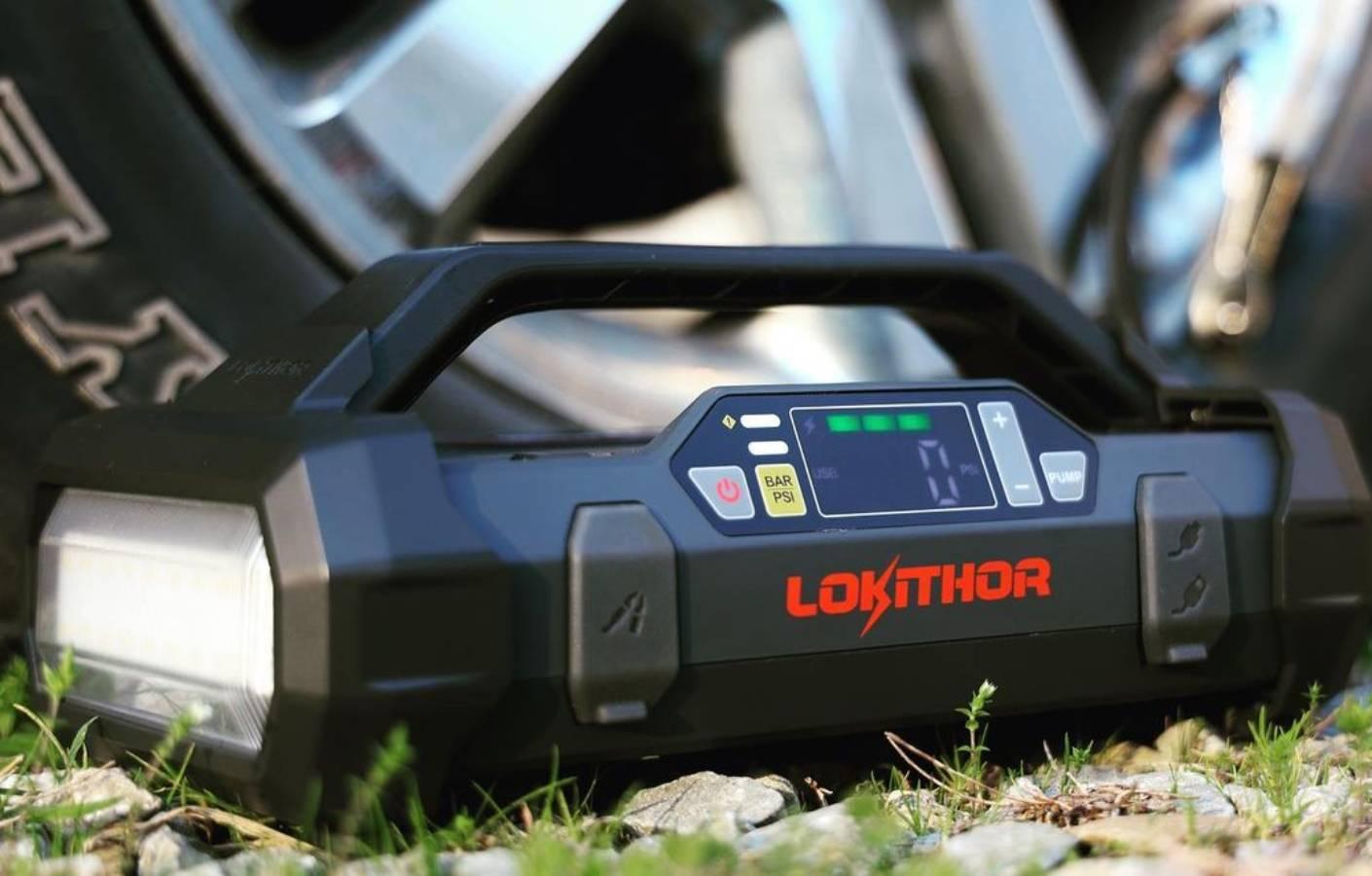
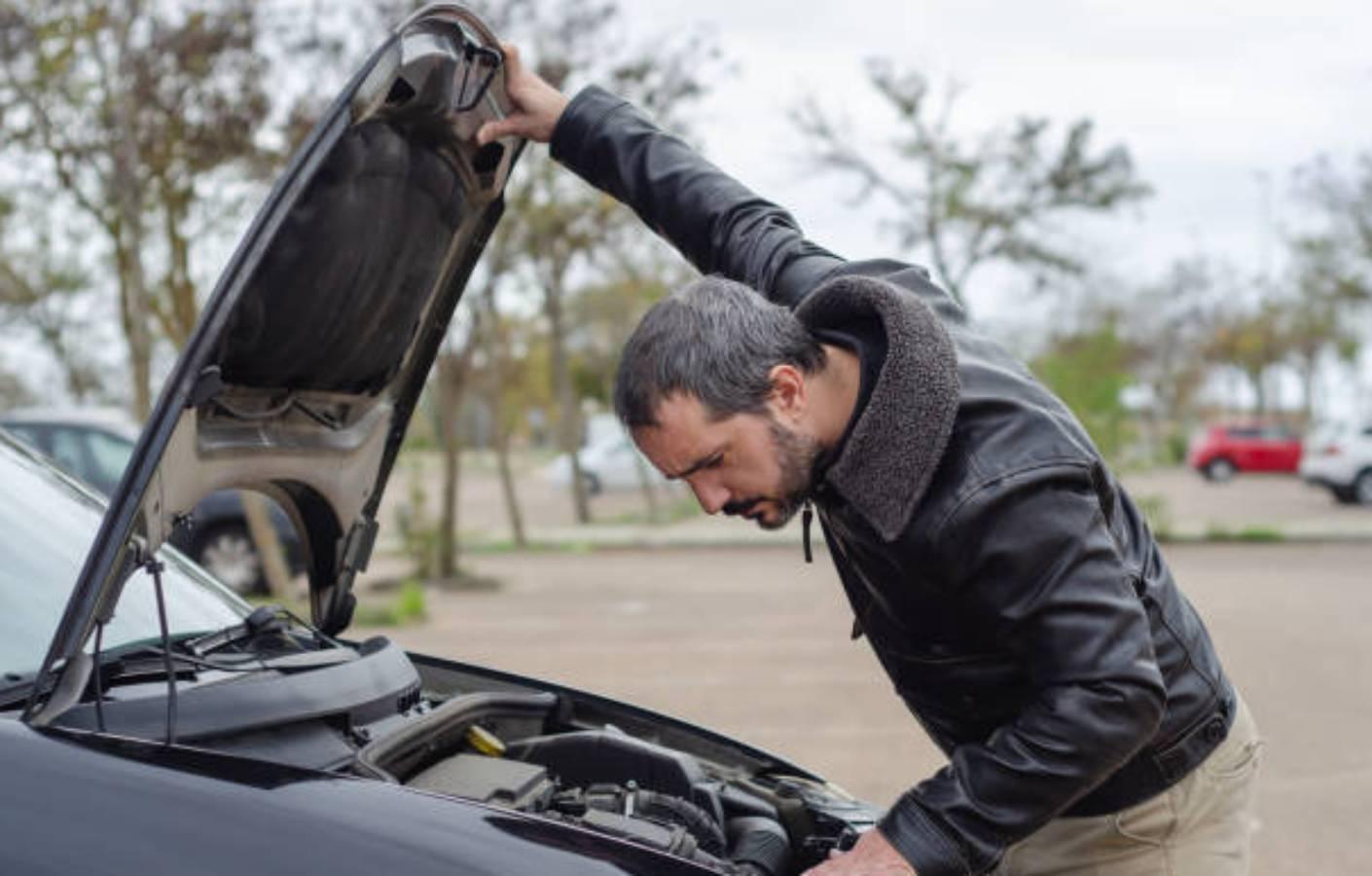
Hinterlasse einen Kommentar
Alle Kommentare werden vor der Veröffentlichung geprüft.
Diese Website ist durch reCAPTCHA geschützt und es gelten die allgemeinen Geschäftsbedingungen und Datenschutzbestimmungen von Google.